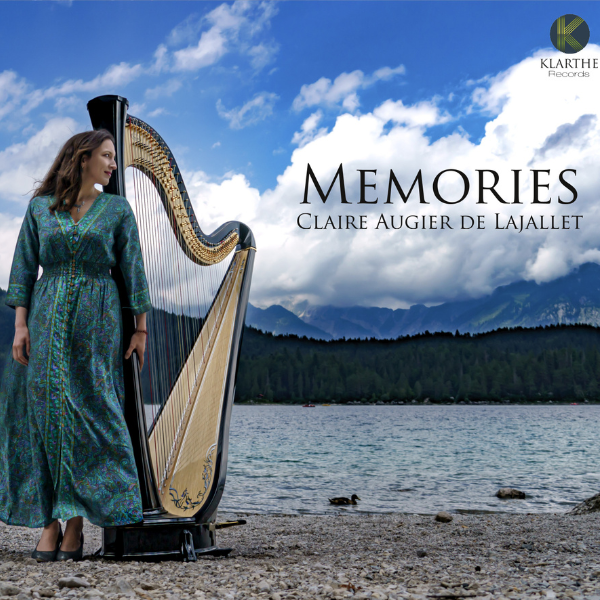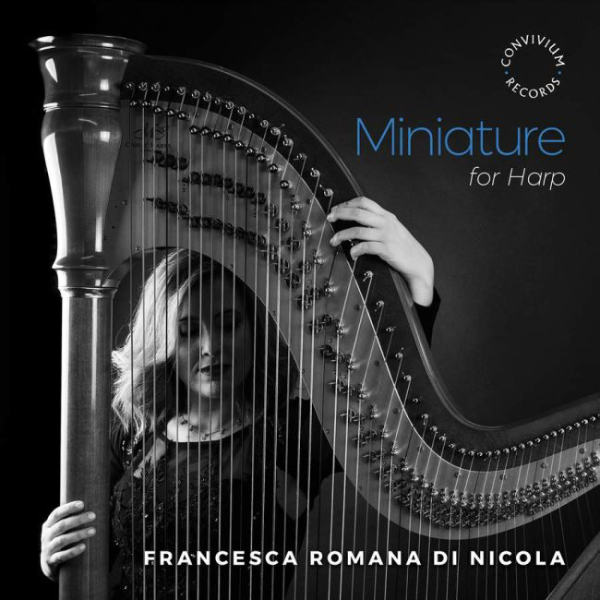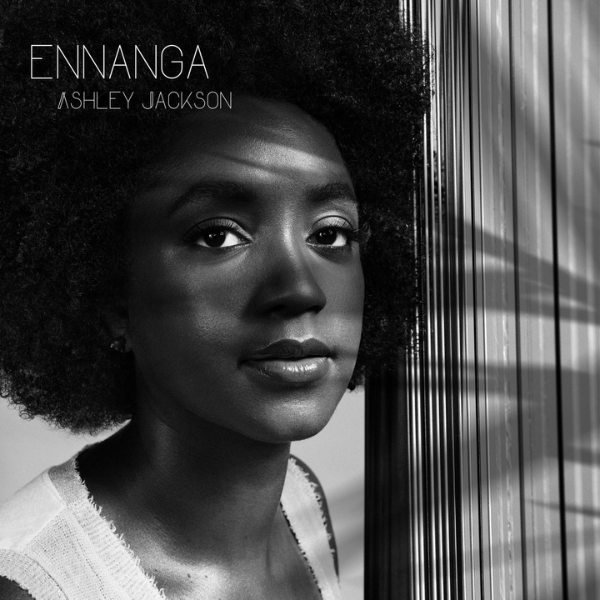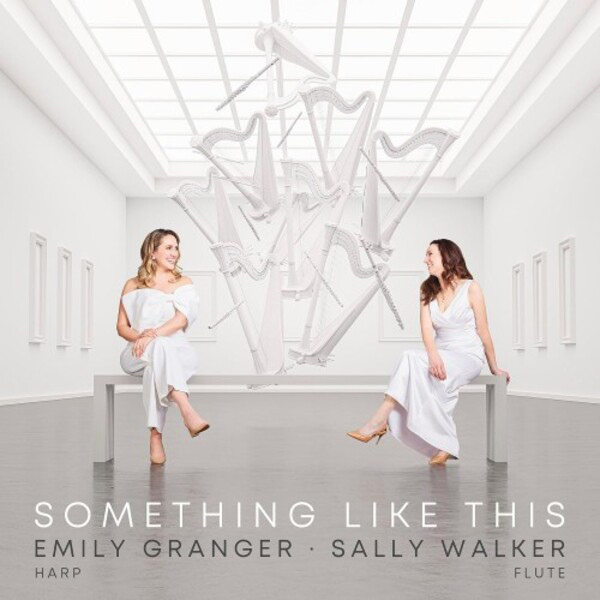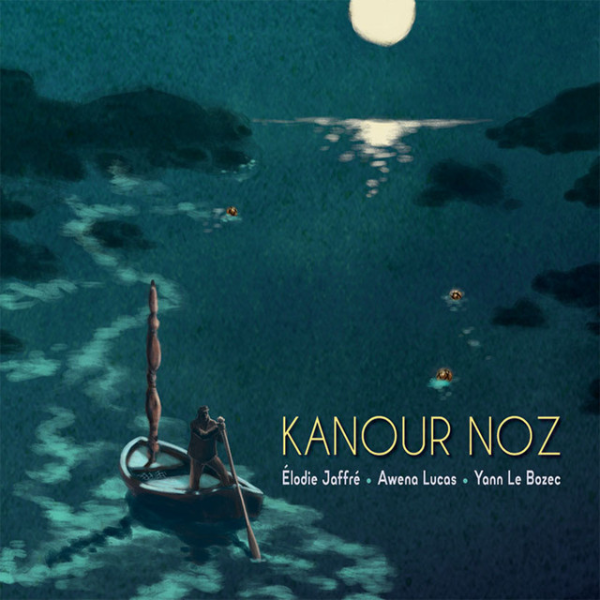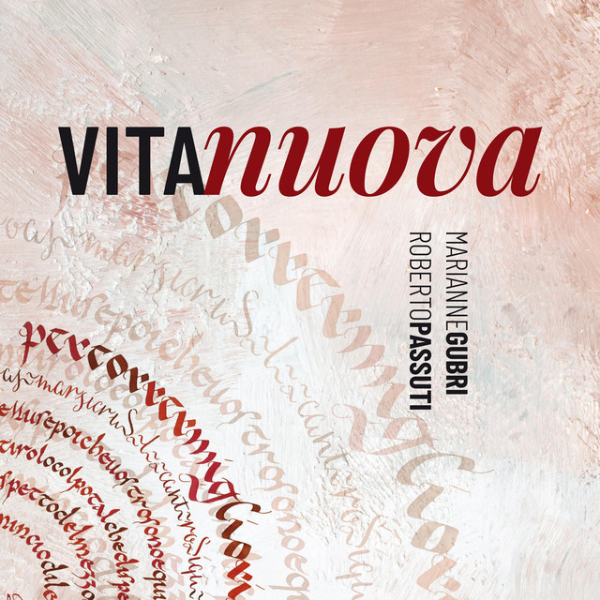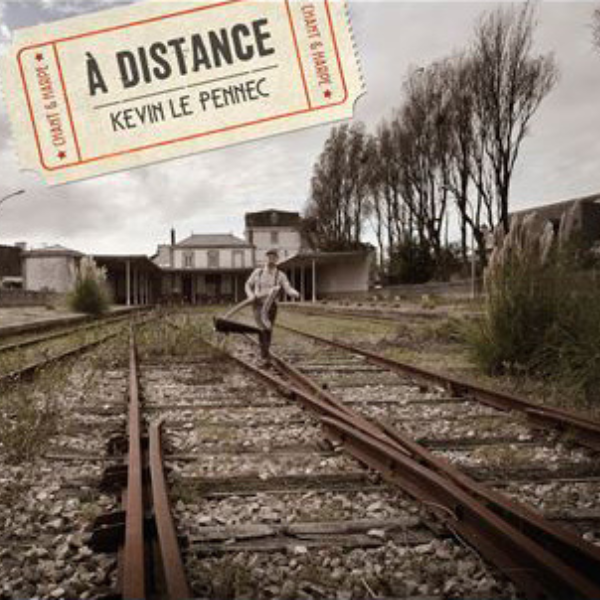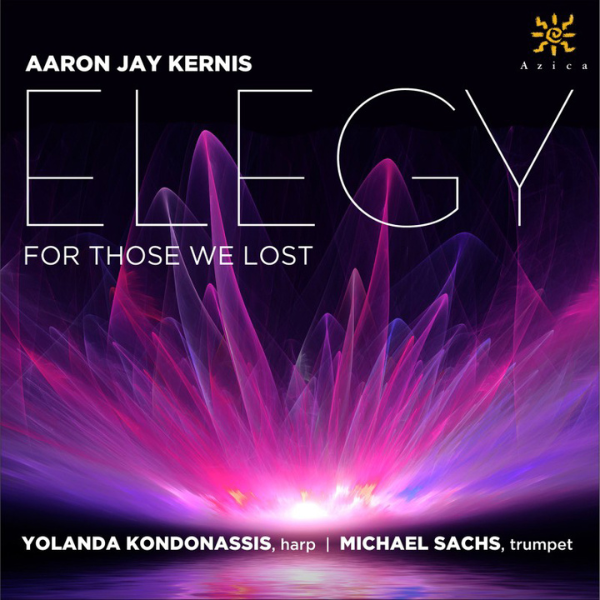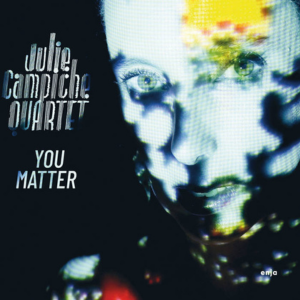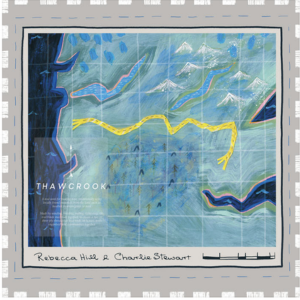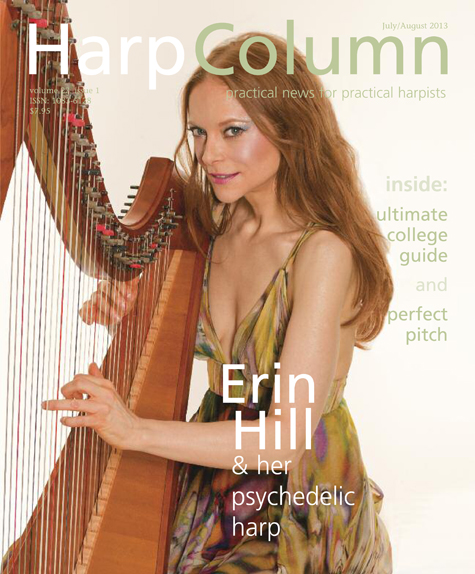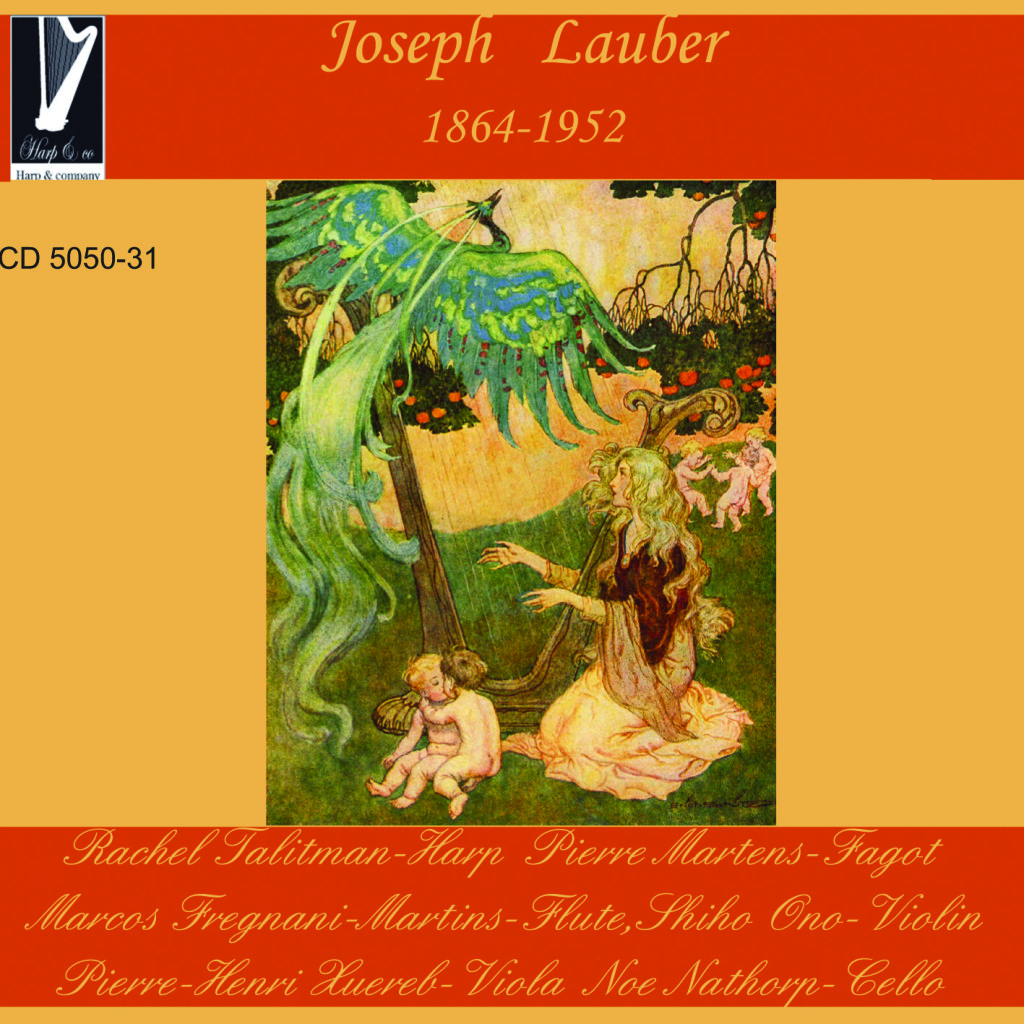
Rachel Talitman, harp; Harp & Co., 2013.
4.5 harps
(Note: recording reviews prior to 2014 were based on a 5-star system.)
Who was Joseph Lauber?
Wikipedia tells us he was a Swiss composer who studied organ with Joseph Rheinberger and composition with Jules Massenet. He then headed up a theatre in Geneva and wrote loads of music.
But have you ever heard this music? Not I, until this most luxurious album came into my mailbox. I must say I can’t decipher a name for the CD beyond Joseph Lauber 1864–1952. And finding anything about the performers or the project itself proved mightily difficult. But this is one of the most beautiful finds I have made in a long while.
The music is rich, romantic, and pastoral with a Swiss flavor—something tinged with the utter beauty of the landscape, the mountains rising above that don’t necessarily require being conquered, while one floats lazily in a lake looking up.
Perhaps the most unusual treat on this album of treats is a Sonatine for bassoon and harp. The light and less-buzzy French bassoon sound creates its own weather—balmy, lazy, and fragrant. Harpist Rachel Talitman slightly varies her punctuation with more humor and lilt to match the subtlety of Pierre Martens’ singing style. A gem indeed.
As a former flutist, I was entranced by Marcos Fregnani-Martins’ ambrosial lyricism. The harp and flute enmeshed as one in another treasure, Petite Suite. Flute and harp duos that find themselves lacking for more gratifying music—both for themselves and their audiences—have now these three poetic movements plus a mysterious collection of medieval dances. Again, I was bewitched by the warmth and charm of the French sensibility in sound and color.
The disc begins with a quintet that is less intimate and impressionistic as the others, likely displaying Lauber’s Massenet influence. Graceful, elegant, and songlike, the ensemble blends its colors, allowing solos to emerge from the texture with delightful surprise.
I was less happy with the solo harp pieces, which, while beautiful displays of sound and color, seemed overly ringing to me, causing almost too much blurring. For my taste, I might wish for a bit more clarity.
That being said, my breath was taken away by the final selections. And why not include one of the most iconic of subjects? Clair de Lune—moonlight. Only this past weekend I found myself camping on the side of a cliff above Lake Superior with my view directly to the east as the deep red celestial body slowly emerged into the soft blue sky, its shimmery pathway leading right to where I’d perched. Rachel Talitman’s approach was as preciously veiled as the real thing.
One small error in the CD notes left me wondering what the final selection was—an Arabesque not listed. This is truly a lovely disc worth having. •







